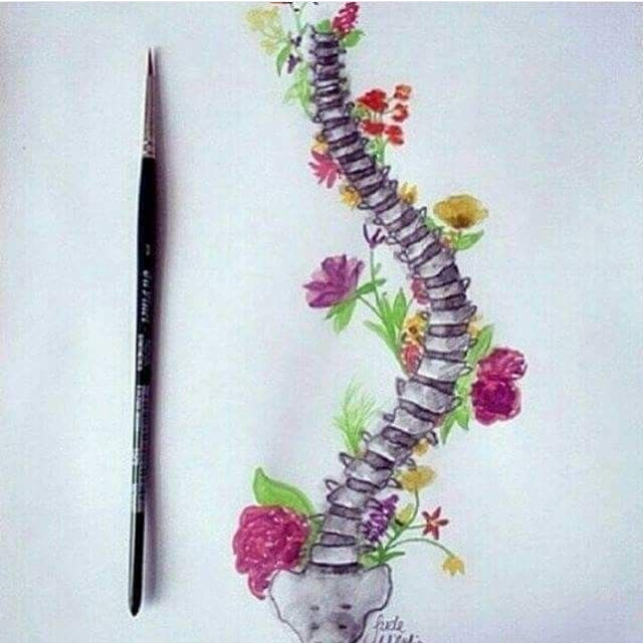Suite 3, Ground Floor, The Gateway,
312 St Kilda Road, Southbank, VIC, 3006
Scoliosis – The Basics

Scoliosis is one of the most common types of spinal curvature. Scoliosis is simply a descriptive term, rather than a diagnosis or specific condition.
When a scoliosis develops the spine bends sideways and rotates along its vertical axis. These changes can have aesthetic and physiological effects with potential long-term consequences. Some curves can progress quickly so it is important to monitor them closely.
There are two main types of scoliosis:
functional and structural.
• Functional curves
o Develop secondary to an extra-spinal cause like a leg length discrepancy, postural habits and asymmetrical sports.
• Structural curves
o Are divided into a further two categories.
o 20% of these curves are secondary to a medical condition or pathology
o 80% are termed ‘idiopathic’, meaning of an unknown cause.
The precise aetiology of idiopathic scoliosis remains unknown. It is considered to be multifactorial with genetic pre-disposing factors, metabolic and hormone disturbances, nervous system disharmonies and connective tissue abnormalities. The high-risk period for these curves are during the growth spurts and it is important to seek a detailed assessment and treatment plans in order to slow progression.
To formerly diagnose a curve, a full spinal x-ray is used. Clinical tests and a thorough examination are beneficial to ascertain whether the curve is functional or structural. Management involves exercises and physiotherapy treatment, however depending on the stage of your curve braces and in some cases surgery may be required. For more information about scoliosis management please see our upcoming management blog.


